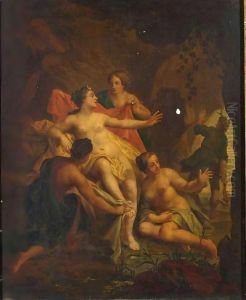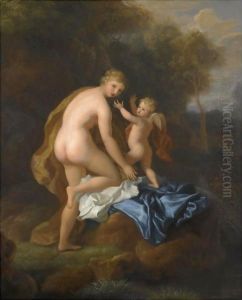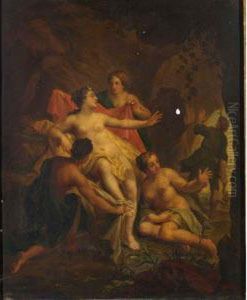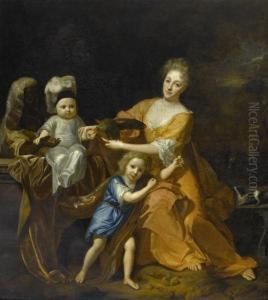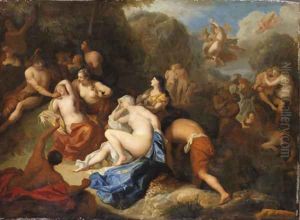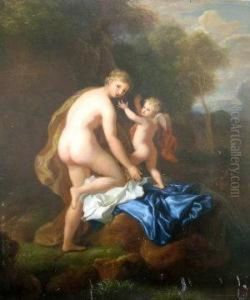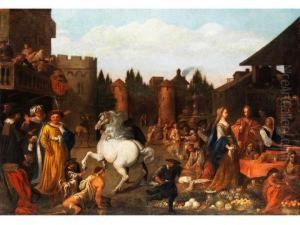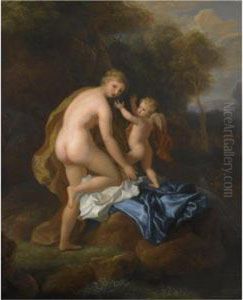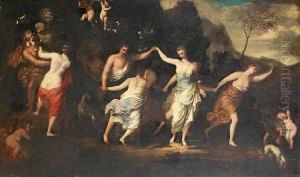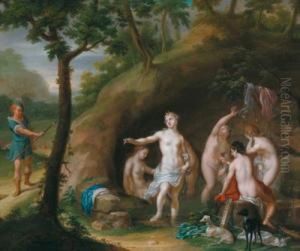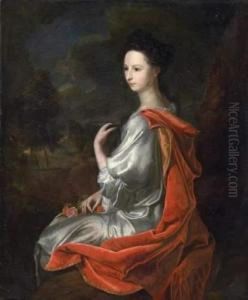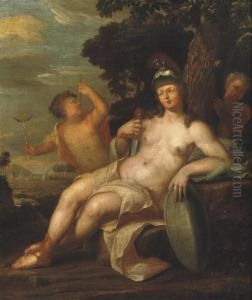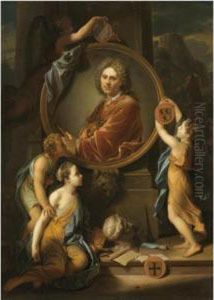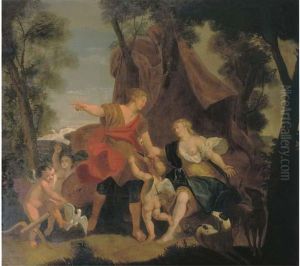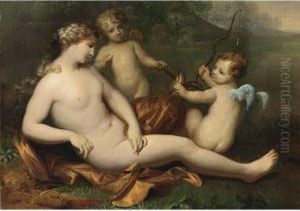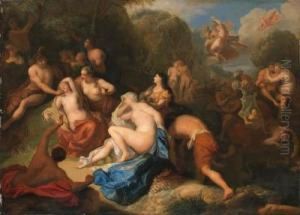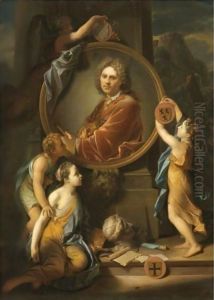Hendrick Van Limborch Paintings
Hendrick van Limborch, a less widely known figure in the realm of art history, was a Dutch painter born in 1681. His contributions, though not as prominent as those of his more famous contemporaries, hold a special place in the Dutch Golden Age of painting, a period that spanned the 17th century and is celebrated for its extraordinary wealth of artistic talent and output. Van Limborch’s oeuvre primarily encompasses genre scenes, portraits, and religious themes, showcasing a versatility that was common among artists of his time.
Van Limborch trained in the Netherlands, a hub for artistic innovation and excellence during the 17th and early 18th centuries. The Dutch Golden Age was characterized by a remarkable diversity in art, with painters like Rembrandt, Vermeer, and Frans Hals pushing the boundaries of realism, light, and shadow. While Hendrick van Limborch may not have achieved the same level of acclaim as these masters, his work nevertheless demonstrates the high standards of craftsmanship and the keen observation of daily life that were hallmarks of the period.
Little is known about his personal life or his artistic training, which is a common issue when studying artists from this era who were not in the top echelon of fame. It is believed that he was active in various Dutch cities, where he would have been part of a vibrant community of artists, patrons, and art collectors. His paintings, though scarce, reflect the socio-economic conditions and the cultural milieu of his time, offering insights into the lives and concerns of 17th-century Dutch society.
Van Limborch died in 1759, leaving behind a modest but meaningful body of work that contributes to our understanding of the Dutch Golden Age. Today, his paintings can be found in several museums and private collections, where they continue to be appreciated for their historical value and their beauty. Despite the scarcity of records about his life and the limited number of his surviving works, Hendrick van Limborch’s legacy as part of this golden age of Dutch art endures, a testament to the era’s broad spectrum of artistic expression.
